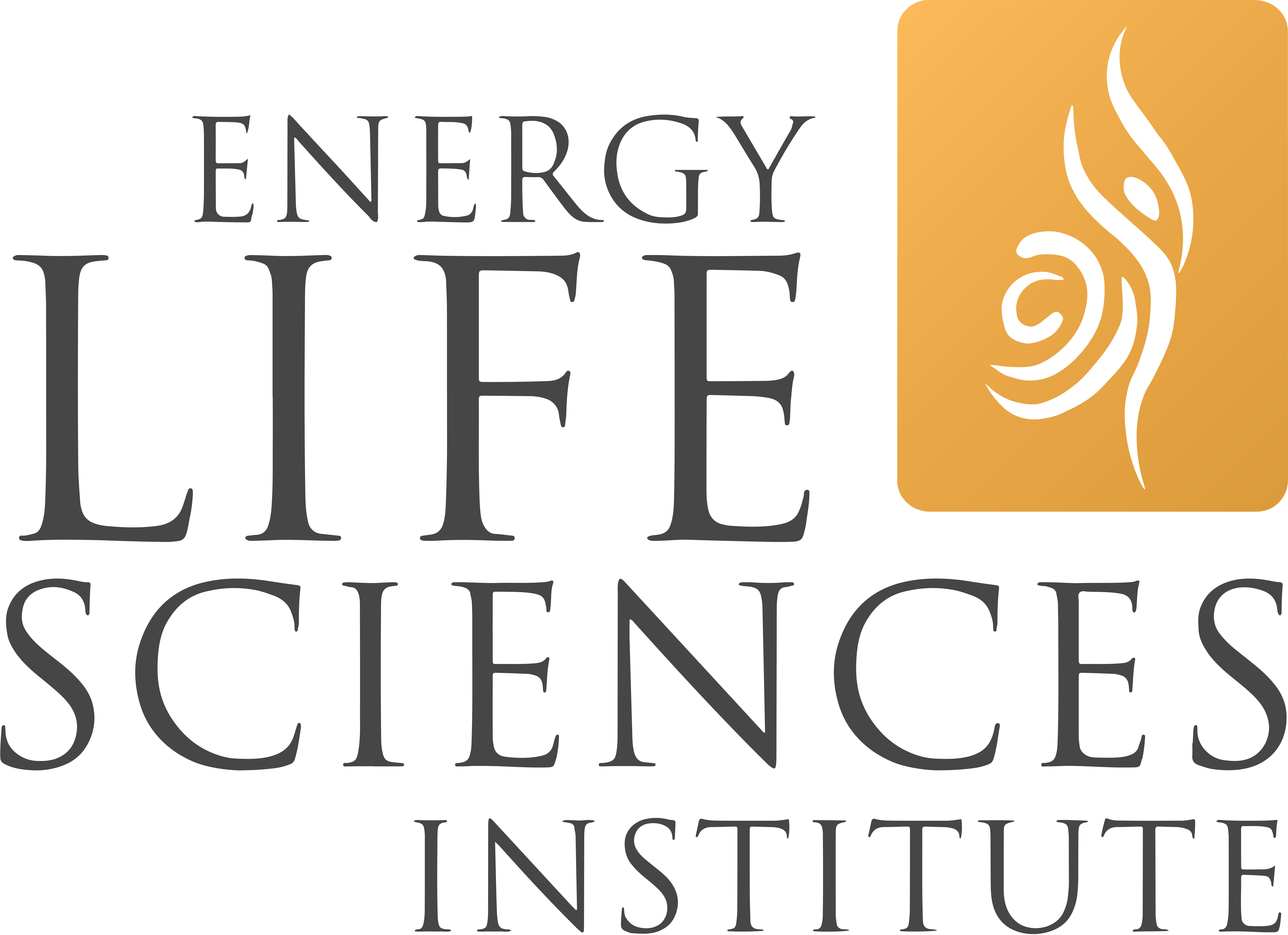
As a doctor in a busy clinic, I often find myself in a similar predicament as my own patients, that is, how to stay focused and stay present, without feeling that there is not enough time to take care of all that is on my plate. From early morning professional meetings to a lively stream of patients throughout the day, to important time with family, it’s key for me to be vital in every moment—to be physically, mentally and emotionally present.
I need to engage in active listening, critical thinking, business planning and fine motor skills and deliver medical interventions at the same time. As I do all of this, I need my heart to be open and connected, and my spirit to be grateful and joyful. I need my memory to be clear, my muscles to be relaxed yet springy, my body functions to perform in balance, and in general to generate the necessary energy to sustain my day. This is just the basic demand, without any additional emotional or relationship experiences that might be playing out in my mind at any time. Welcome to modern life! And hold on to your seat because this ride is just going to get more intense over the next few years. Time is accelerating.
No matter what is happening in my life, I am sustained by the practices that I learned from my teacher Carlos Castaneda. In particular, he taught me various series of movements to revitalize the body and mind. One of his favorites was a very simple yet powerful one he called Turning on the Body. A practical, descriptive name (quintessentially Castaneda).
To “turn on the body” means to first completely relax the body and then, in a split second upon a sudden command, engage the totality of ones muscles, joints and even internal organs, followed by turning everything off again. The effect of this on the nervous system is to trigger a state of readiness and ease at the same time—much in the same way as taking a short cold shower and then drying the skin briskly to warm it up again creates a circulatory flush from the blood shunting, which is very invigorating. The idea of turning on is alluring, but the real gem lies in the corresponding opposite state: turning off. Our capacity to be on wears off unless there is an equal and opposite capacity to turn off.
 “You have to turn off to turn on,” Carlos Castaneda told me. The longer the distance between the off muscle state and the on muscle state, the stronger the activation of the body awareness. When we apply this to the heart muscle, we call it Heart Rate Variability (HRV), and the longer the variability, i.e., the more distance between the heart beats, the healthier the long term outcome of not only the heart, but of health markers across the board in all bodily systems.
“You have to turn off to turn on,” Carlos Castaneda told me. The longer the distance between the off muscle state and the on muscle state, the stronger the activation of the body awareness. When we apply this to the heart muscle, we call it Heart Rate Variability (HRV), and the longer the variability, i.e., the more distance between the heart beats, the healthier the long term outcome of not only the heart, but of health markers across the board in all bodily systems.
Biologically, turning off is a given. Though we may have forgotten how, we are naturally designed to be able to turn off with no effort of our part. That is our nature. That is what I saw with my very own eyes while on safari once in the Serengeti plains. A pack of female lions chased a group of Impala. The gazelles seemed to freak out and run everywhere. The lions finally caught one of them, rounded up to eat it, and then, right beside this, the rest of the Impala returned to grazing, as if nothing had happened. So why is it then that when, for example, we feel betrayed by what someone said to us, we stay contracted and anxious for days or months or even years?
Peak performers know that the ability to turn off is as important as that moment when they turn on. Elite tennis players are a great example of this. How does a player sustain energy throughout a match that lasts hours? They cycle through being on and being off from moment to moment. With some players, it can seem like they have all the time in the world to return a serve across the net.
We, too, can have all the time in the world and operate at our highest level.
In our September Radiant Energy + Radiant Health Los Angeles Retreat, we will show you how to retrain your body to turn off when it doesn’t need to be on so that you can get deep rest, tap into your well of energy and move with suppleness. You’ll learn how to identify holding patterns held in your fascia, the fascinating network of soft tissue that turns on to help us do all the things we need to do in life, and release these patterns so that they no longer interfere with the on-off cycle that is required for you to perform at your best.
Times have changed, and in our world today, learning how to better adapt to the growing demands that life places on us is vital. It’s also of great help to receive specialized treatments to help your body restore and investing time in seeking neurological balance. These things are not luxuries. They are now, more than ever, necessities.
In health, joy and energy,
Dr. Miles Reid









































